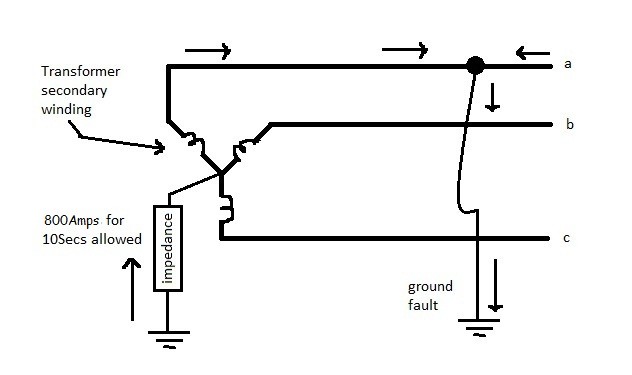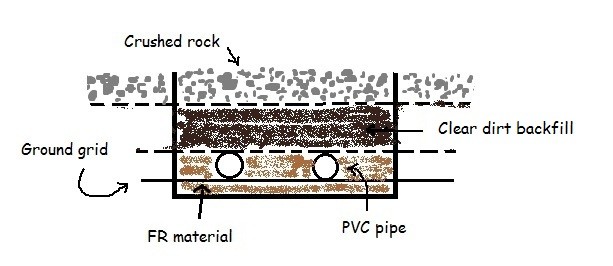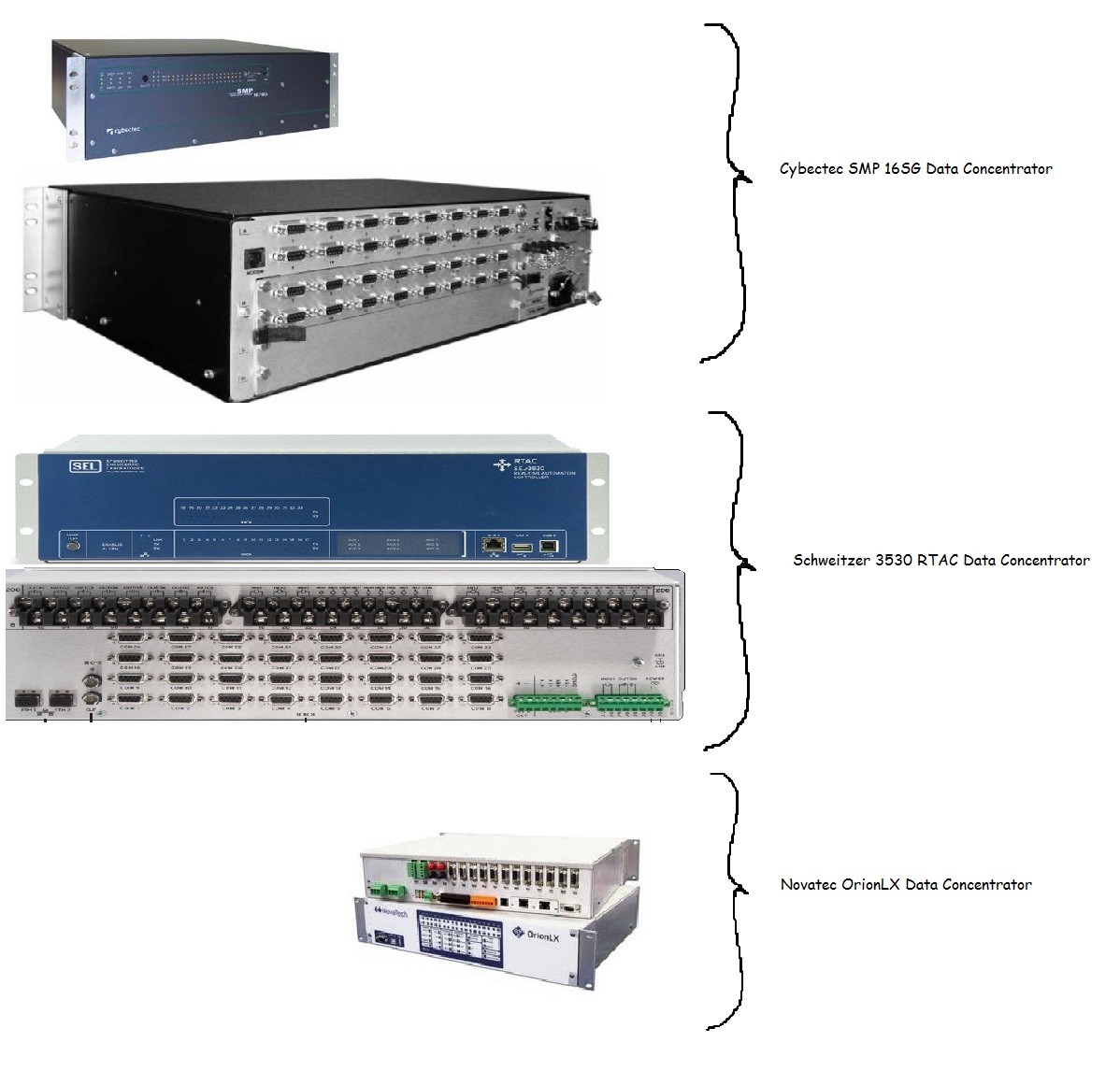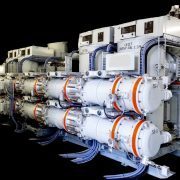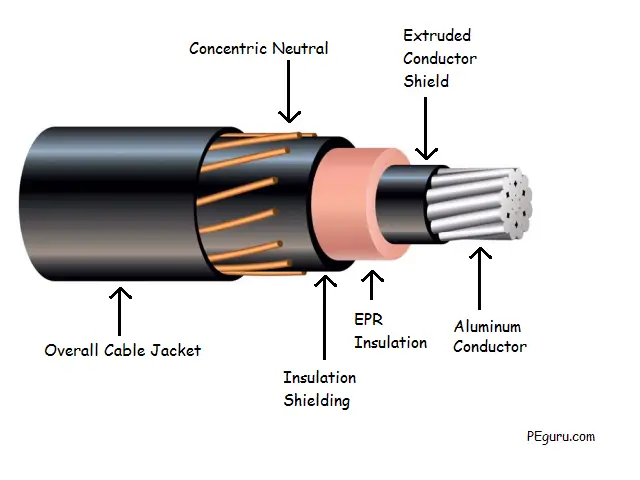Current Transformer (CT) Secondary Grounding
Any relay that receives CT input, be it from the breaker bushing, transformer bushing, or a stand-alone CT bushing – needs to have its neutral circuit grounded.
Grounding shall be done at only one location along the entire length of the circuit. If done at more than one location then it may short-out relays and prevent them from operating correctly. Also, due to the long run of CT conductors from the yard to the control house, fault currents flowing in the adjacent ground-grid will induce heavy circulating currents in the CT secondary. These currents can damage the relays or cause mis-operation.
Typically, the grounding is done in the control house at the terminal blocks of the first panel the CT conductors land on. This location is easily accessible and provides protection for nearby personnel and connected equipment.
Note that, not all CT circuits are wye connected with a readily available neutral connection. In old substation designs consisting of electro-mechanical relays which cannot compensate for the phase shift in the transformers, the CTs that feed them are connected in the delta form on the wye side of the transformer. For these CTs, there will be no neutral circuit run for grounding purpose.
Voltage Transformer (VT) Secondary Grounding
Like the CTs, the VTs need to have their secondary neutral circuit grounded at one location. When two outputs are available on the VT secondary, each neutral shall be grounded separately with no provision to interconnect them.
Cable Shield Grounding
Certain application like pilot relaying using the power line carrier require the use of triaxial cable. These cables connect the CCVTs to the pilot relays in the control house and carries critical signal to the coupling equipment. Any electrical noise from the surrounding equipment can lead to a false operation which, ofcourse, will not be tolerated. For this reason, grounding the shield wire which encases the copper conductor is important.
In extra high voltage substations, besides grounding the cable shield at either end, a ground conductor is run in parallel to the triax (below the conduits). Not only does this prevent stray electrical and magnetic interferences from disrupting the signal but it also serves to protect the cable from surge currents that are induced by the CCVT.

